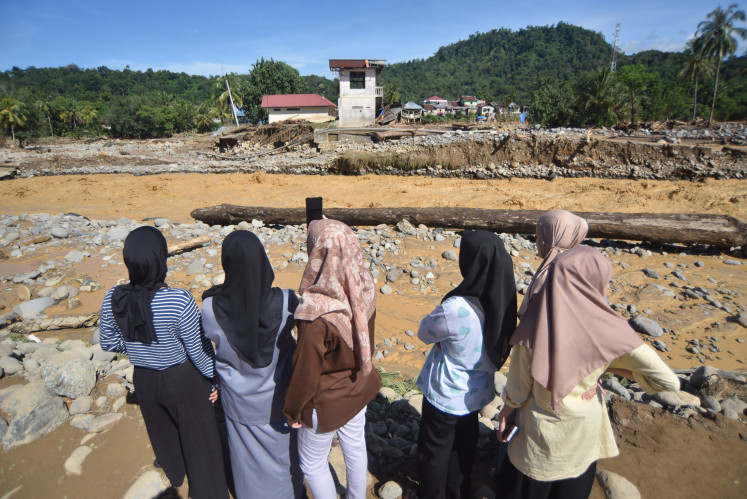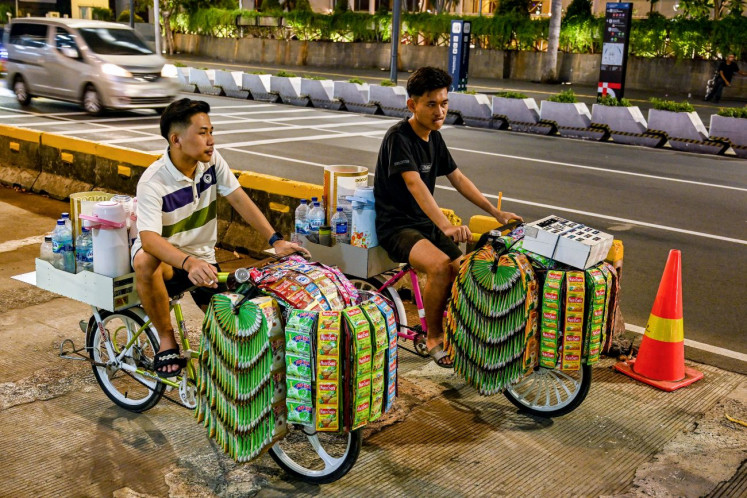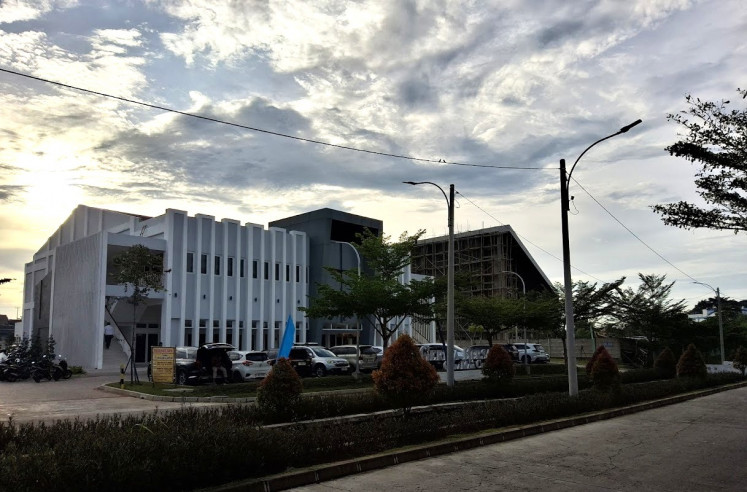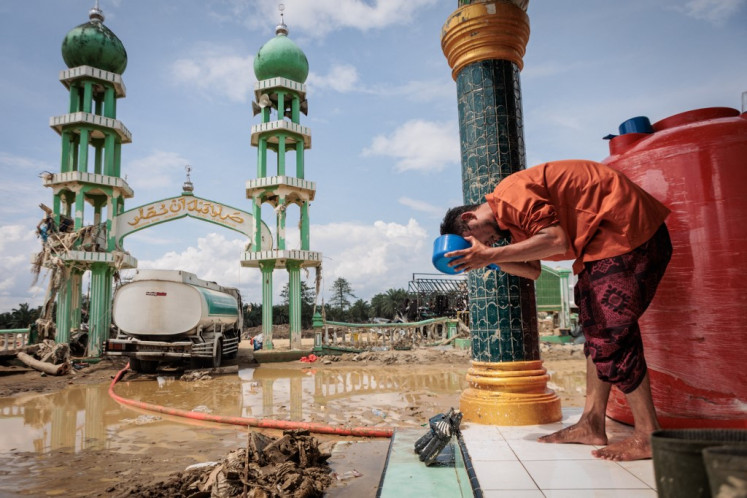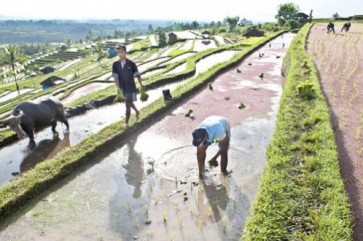Popular Reads
Top Results
Can't find what you're looking for?
View all search resultsPopular Reads
Top Results
Can't find what you're looking for?
View all search resultsStronger irrigation management needed
Water is related to all living things, so water is a factor that influences the development of various sectors. One of them is the agricultural sector in meeting the needs of crops for the food needs of communities. A serious threat the sector currently faces is the decreasing availability of water, so efforts are needed to use water appropriately.
Change text size
Gift Premium Articles
to Anyone
W
ater is related to all living things, so water is a factor that influences the development of various sectors. One of them is the agricultural sector in meeting the needs of crops for the food needs of communities. A serious threat the sector currently faces is the decreasing availability of water, so efforts are needed to use water appropriately. The problem of water availability to meet various water needs, especially in rice fields, is increasingly complex. Existing river systems need to be managed carefully by considering social, economic and environmental aspects in order to maintain the sustainability of water use itself.
Water conservation through effective management and efficient use is a very necessary and urgent matter. Water management is part of water conservation programs that fully maintain, rehabilitate and utilize existing water sources effectively and efficiently for the welfare of the community. This activity is needed to reduce the pollution of water resources due to overexploitation in order to meet the increasing needs of a community.
Water resources management requires an integrated, comprehensive and holistic approach that offers a balance between engineering, social and economic factors and must be environmentally sound in order for it to be sustainable. Water resources management needs to be based on a participatory approach made by all stakeholders because water is a public property.
All public decisions must pay attention to the interests of the community through public consultation, so that any policies to be implemented are accepted by the community.
Four types of irrigation systems are used to drain water from dams to paddy fields, namely primary, secondary, tertiary and quarter.
At the primary level, water management is carried out by the central government. At the secondary level, management is carried out by local governments. In the tertiary and quarter levels, the system is managed by farmers.
Many areas face barriers to water availability for irrigated agriculture. In addition, unpredictable climate change is increasingly hampering Indonesia’s efforts to increase food production, so the government must continue to improve its irrigation systems in order to strengthen food security and reduce poverty in rural areas.





